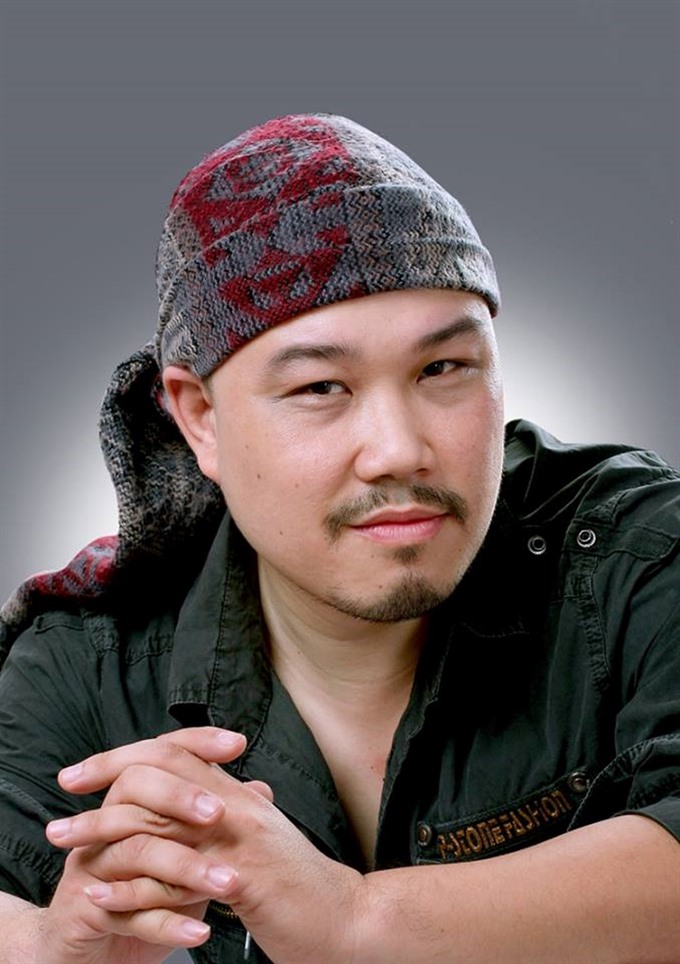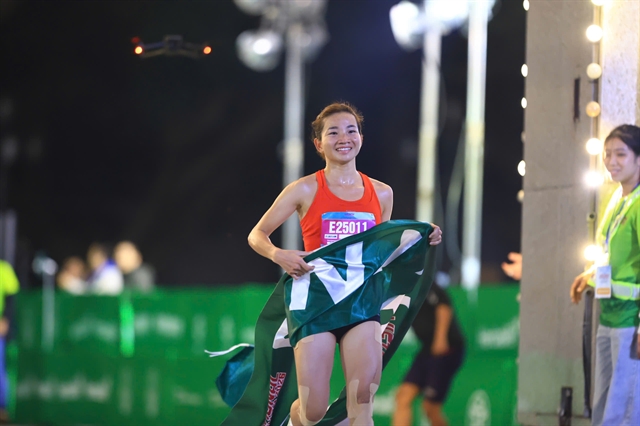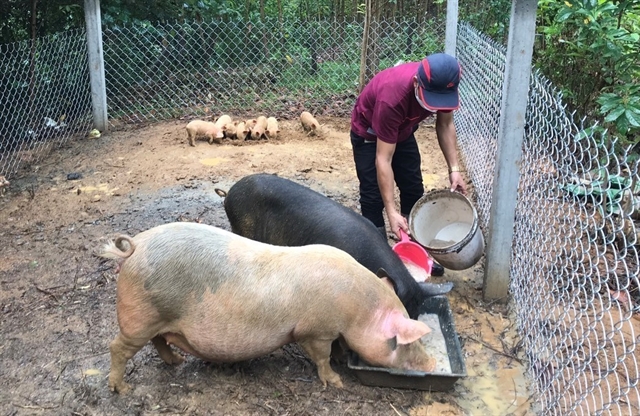 Life & Style
Life & Style

To celebrate 100 years of cải lương (reformed theatre), some 90 traditional artists from noted cải lương theatres such as Việt Nam Cải Lương Theatre in Hà Nội and Trần Hữu Trang Theatre in HCM City performed the play Thầy Ba Đợi (Teacher Ba Đợi) together at the Hà Nội Opera House on May 27 and 28.
 |
To celebrate 100 years of cải lương (reformed theatre), some 90 traditional artists from noted cải lương theatres such as Việt Nam Cải Lương Theatre in Hà Nội and Trần Hữu Trang Theatre in HCM City performed the play Thầy Ba Đợi (Teacher Ba Đợi) together at the Hà Nội Opera House on May 27 and 28.
The 150-minute show, Thầy Ba Đợi, portrayed the career of famous musician Nguyễn Quang Đại, who is considered the creator of tài tử music – the origin of cải lương.
It is the first time a cải lương play was performed by artists from the north and the south of country in unison. The play was directed by Triệu Trung Kiên and Lê Trung Thảo. It was highly appreciated by critics and the audience, thanks in part to the use of modern performance styles.
Director Kiên, deputy-director of Việt Nam Cải Lương Theatre spoke with Culture Vulture about the play and how to develop the traditional art.
What make you choose to stage this play?
Two authors, Hoàng Song Việt and Phạm Văn Đằng, wrote the cải lương script based on literature work by Nguyễn Thế Kỷ. Author Kỷ wrote many of the scripts for plays that my theatre performs. The plays were a critical success. When the theatre planned the activity to celebrate 100 years of cải lương, I asked Kỷ to write a new play for the occasion.
Kỷ wrote a story about musician Nguyễn Quang Đại. While Đại made a great contribution to tài tử music, which is considered the origin of cải lương in the south, there is very little information about him.
Teacher Ba Đợi was a mandarin who performed in the Nguyễn Dynasty’s royal music troupe in the 19th century. When King Hàm Nghi was exiled by the French colonial regime, Ba Đợi went to Cochinchina and lived in a pagoda. During that time he could not perform nhã nhạc due to it being only performed in the royal court.
He arranged nhã nhạc and composed tài tử music with a view to popularise nhã nhạc. Cải lương then developed from tài tử music.
We want to honour teacher Ba Đợi, who we regard as the founding father of tài tử music and cải lương.
What difficulties did you encounter while directing the play with a cast of artists from both Hà Nội and HCM City theatres?
After receiving the literature script we contacted the author Hoàng Song Việt and veteran director Trần Ngọc Giàu in HCM City. Việt is a skilful writer of cải lương plays, while Giàu is a master theatre director who agreed to support me. I felt very secure with the project thanks to their help.
However, I was a bit worried to combine artists from Hà Nội and HCM City in the cast. I’m afraid that the HCM City artists don’t have faith in Hà Nội artists’ creativity.
Some people think there are many distinctions between cải lương performances in the north and in the south and it is difficult to harmonise their performing styles. But I was surprised that so many popular cải lương artists from HCM City were eager to join the project.
They worked very hard as they didn’t have much time to rehearse. Artist Thanh Tuấn is more than 70 years old but he perfects his role as Ba Đợi. The Hà Nội artists were also enthusiastic. All the artists tried their bests to provide the audience with a great show with strong and melodic voices and appealing and powerful stage presence.
The music and stage design in the play were interesting. Many young people from the audience came to meet us after the show to express their delight at the music. The stage was designed in a more contemporary way. Normally, the stage is decorated to reflect real life, but for this play stage designer Doãn Bằng made the stage very simple with minimalist style.
Will you continue to combine the artists in the two cities in the future after the success of this play?
I’m no longer worried after performances were warmly received in HCM City and the southern province of Long An. I said that it would take a good use of cải lương quintessence to renovate this kind of traditional art. I think that cải lương will never die if we know how to keep renewing it.
We also agreed to co-ordinate more in the future with the HCM City artists. Several ideas and experiments will be carried out in HCM City.
How will you lure young audiences to traditional art genres in general and cải lương in particular?
Firstly we need to revive cải lương. It will attract younger audiences if it provides a new and modern style. Unlike other traditional art genres of chèo (popular opera) and tuồng (classical opera), cải lương has typical characteristics. It changes and incorporates new styles to keep itself original.
At present, cải lương is coming to a standstill, while society is always moving. We need to make sure that it moves with society. — VNS




